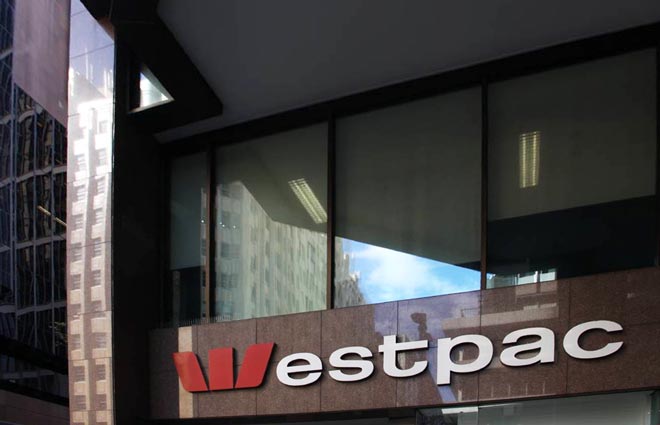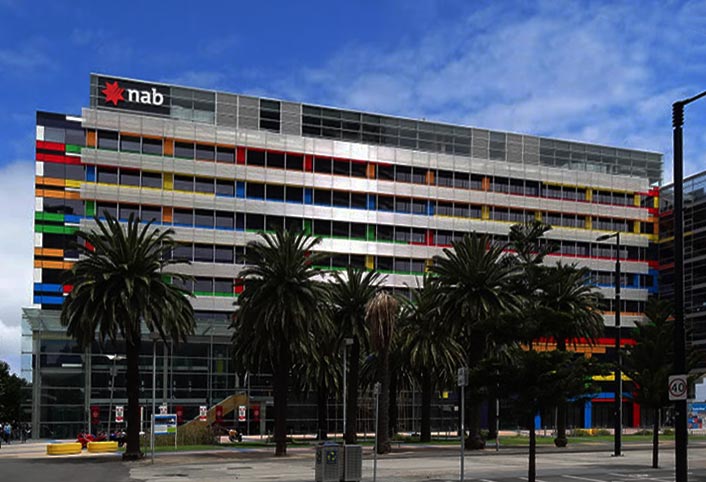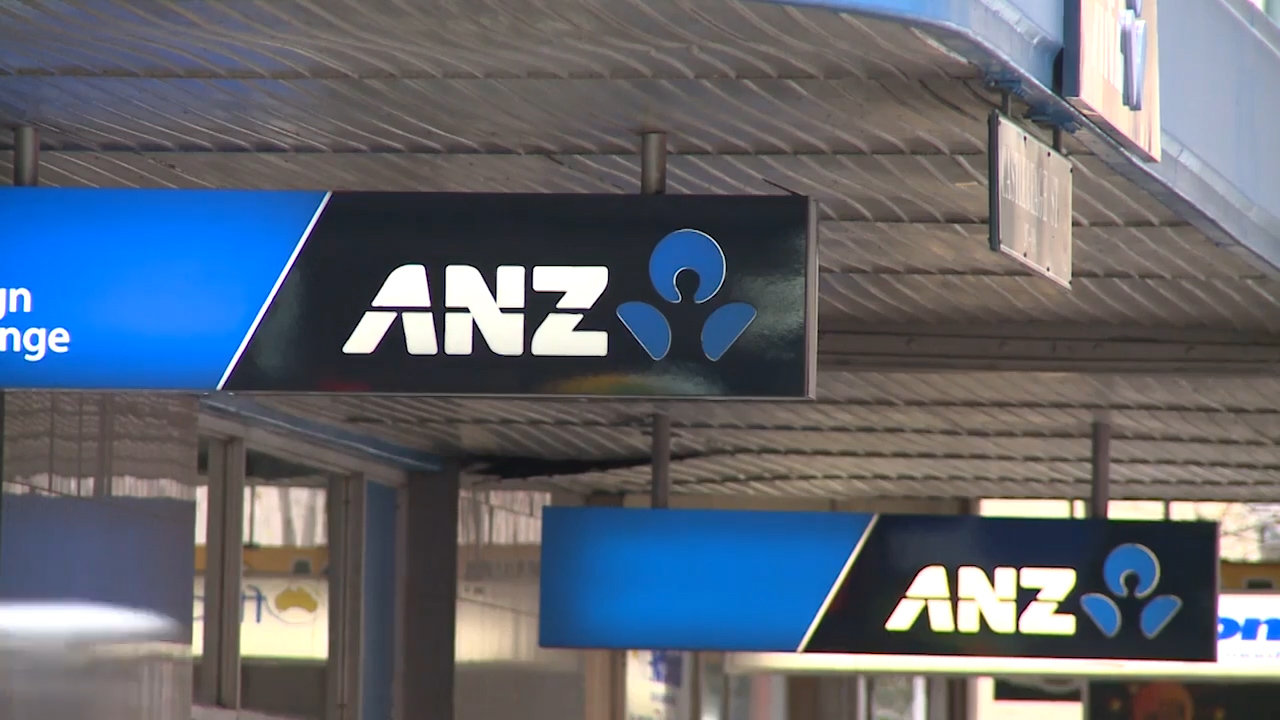APRA’s latest curb on interest-only loans aims to reduce risk in the mortgage market, but several leading brokers have told The Adviser that all is not what it seems.
When the Australian Prudential Regulation Authority (APRA) announced in March that it expected banks to limit the flow of new interest-only loans to 30 per cent of total new mortgage lending and place limits on LVRs above 80 per cent, several brokers wrote to The Adviser about their thoughts on the new supervisory measures.
Some brokers opined that there is still a place for interest-only (IO) loans, as long as the reasons behind putting a customer in such a loan are sound.
There is place for IO loans
Chris Foster-Ramsay of Foster Ramsay Finance, said: “I think there is a place for IO loans for true IO purposes, but for cash flow purposes, which it has become, no, there’s not.”
His thoughts echo those of Brett Halliwell, general manager of Advantedge Financial Services, who said: “There is absolutely a part for [IO loans] in the market already and all sorts of brokers recommend it for different circumstances.
“[But], if I look at the regulators’ role (i.e. APRA and ASIC both together), it’s their role to be really ‘glass half empty’ a lot of the time, and while we are looking at the positives to the customer and why IO might make sense, there are negatives. And, when you look at the fact that we’ve had a really good run in Australia in economic conditions, that, at some stage, will turn.
“So, I don’t think that the regulator is saying that [IO loans] are necessarily bad, they’re saying there is a place for it, there needs to be different standards for it.”
Mr Foster-Ramsay added that he thought the changes had already “created a different direction in the market”, and predicted that “it won’t be too long before there is up to a 120-basis-point difference between an owner-occupier P&I loan and an IO investment loan”.
He continued: “I think the ability to get an IO facility will also become increasingly difficult… I’d go as far as to say that the IO facilities for 10 to 15 years are gone but we may see an IO facility for five years with a loading for the P&I for 25 years.”
Notably, some brokers have taken to The Adviser website to highlight several scenarios where they thought IO loans would be suitable (such as for customers buying a home to live in that could transfer into an investment property or for self-employed customers with lumpy income flow), but said that the crackdown has made them reluctant to advise clients to take out IO loans, even when they are suitable.
‘Precautionary not reactionary’
Other brokers said that they were not surprised by the new measures, with Aaron Christie-David, director at Atelier Wealth, stating that he had been recommending principal and interest (P&I) loans to his clients for the past year, in anticipation of the changes coming in.
He told The Adviser: “We were telling our clients last year that we would put them on P&I investment loans, because we could anticipate these changes were coming. Some brokers have been up in arms about it but they should not have been surprised that IO loans came under the microscope, it was a matter of time.
“If you have the cash you should be paying off debt as quickly as possible. That’s what the banks are telling people and that has been backed up by APRA and ASIC,” he said.
“If rates go up and you roll off an IO period in five years’ time, when rates probably would have risen, and you maybe have a child or have lost a job, that’s a recipe for disaster. Especially if no one will refinance them — your repayments could go up 30-40 per cent. That’s where I get concerned.”
He added: “People think these are reactionary measures in the market, but they’re almost precautionary measures for the future.”
Specialist lending broker Peter Ellis from Lending Mate said he thought the changes should have actually come in sooner, stating: “With property prices rising, and the speed at which they have been selling, something was bound to occur. More concerning, though, is how debt as a percentage of household disposable income is at 187 per cent (according to Reserve Bank figures)… if this was left unchecked we may have well seen a wider raft of changes instigated.
“The regulators have a hard job to do and no matter what move they make someone will always be unhappy. But, in the interests of the nation, some controls had to be put in place to stop property becoming a commodity. Personally, I think change was needed sooner, but better late than never.”
Others, such as Daiman McIntyre of Ruahine Finance voiced the opinion that different levers, other than speed limits, should have been put in place to reduce risk.
The Victoria-based broker said: “APRA (and ASIC) clearly have concerns in regards to residential investments, and are using the tools they have, which are industry wide and sledgehammer like, to implement a task that really needs much finer and delicate management that government tax policy might better address.
“Ideally government should be targeting negative gearing, and creating limitations on properties to produce a better, long-term result without restricting some segments of lending. Industry doesn’t buy equipment to lose money, so why is it almost encouraged in residential property?”









